Elon Musk Unveils Tesla’s Groundbreaking Aluminum Ion Super Battery with 15-Minute Charging Time
In a bold move to regain market share amid growing challenges, Tesla CEO Elon Musk has unveiled an exciting new development in electric vehicle (EV) technology: the Aluminum Ion Super Battery with a groundbreaking 15-minute charging time.
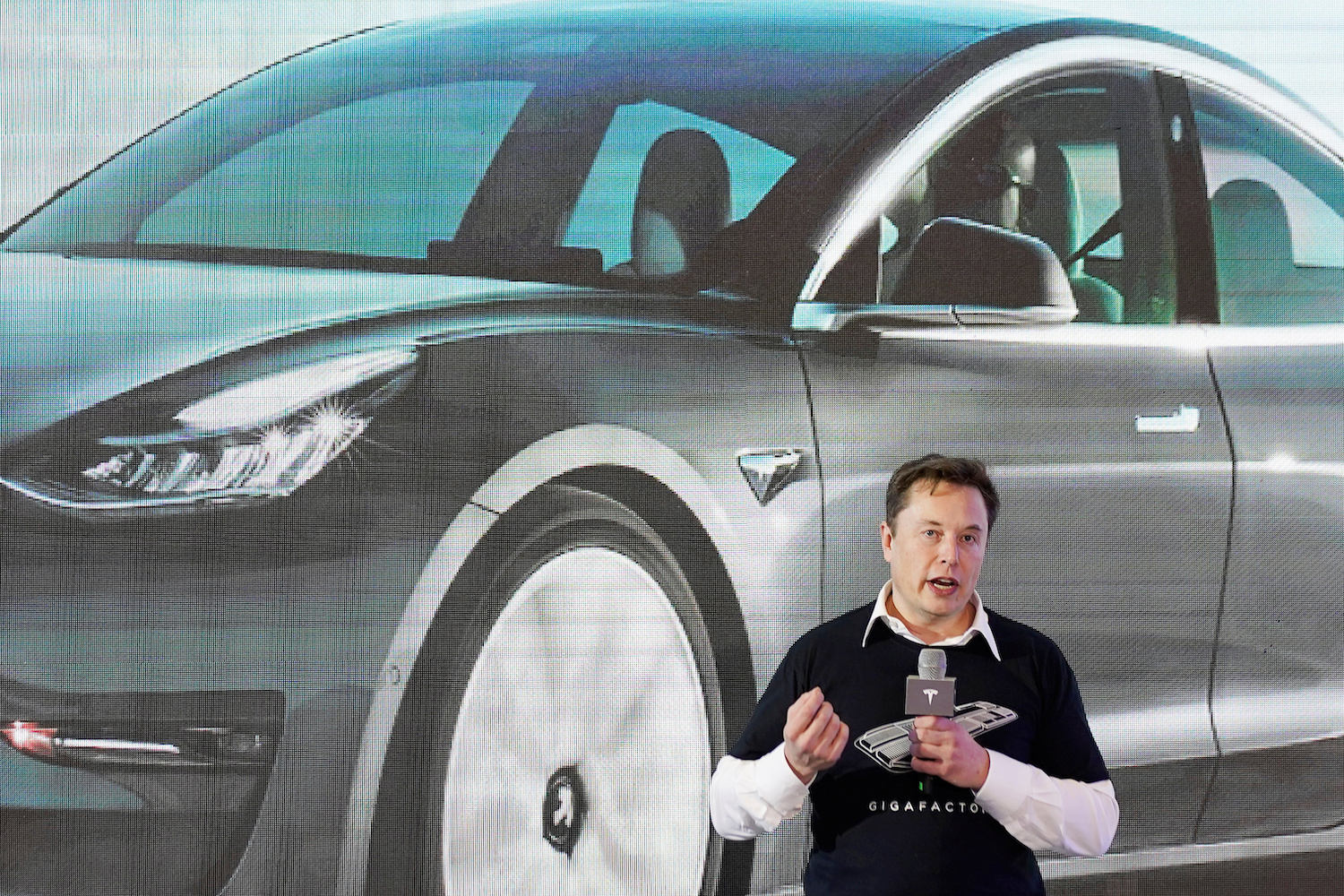
This innovation, which promises to revolutionize the electric vehicle landscape, comes at a critical moment when Tesla has been facing increased competition, a drop in stock prices, and growing consumer skepticism.Tesla, once a dominant force in the electric vehicle market, has recently found itself under significant pressure.
The company has been grappling with a series of setbacks that have included a sharp decline in stock prices and losing ground to competitors such as Rivian, Lucid Motors, and traditional automakers like Ford and General Motors.

These companies have all ramped up their efforts to challenge Tesla’s dominance in the EV space, offering new electric models with competitive features, pricing, and performance.The launch of the new Aluminum Ion Super Battery comes at a time when Tesla’s market share is being increasingly threatened. Tesla’s stock has taken a hit, and its once-loyal customer base has begun exploring alternative EV options.
This makes the introduction of the new battery technology all the more crucial. Musk and Tesla are making it clear that they are not content to simply rest on their laurels. Instead, they are doubling down on innovation to retain their competitive edge.
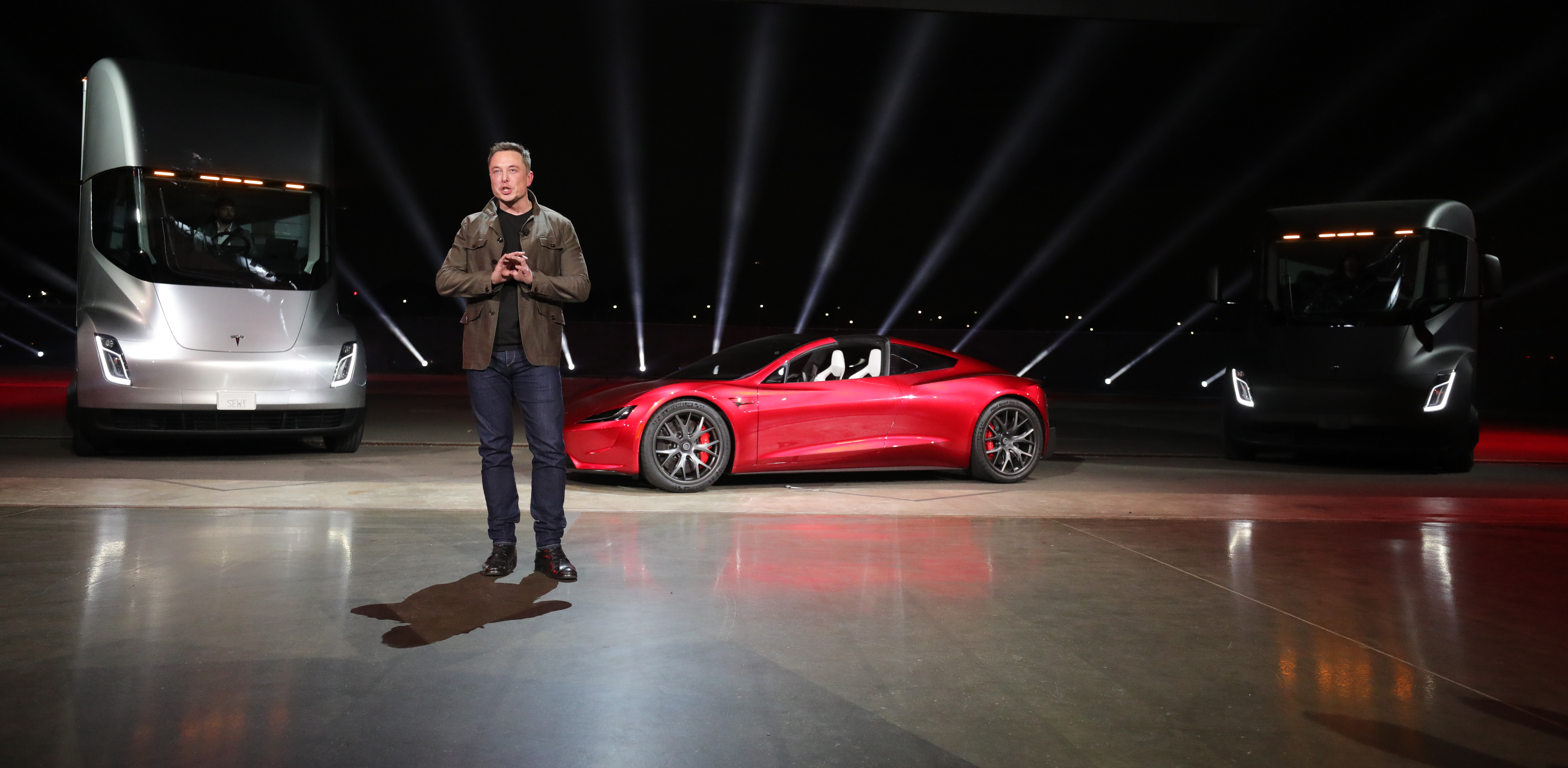
One of the most striking aspects of Tesla’s new announcement is the introduction of the Aluminum Ion Super Battery. This battery technology represents a significant departure from the widely used lithium-ion batteries that have powered Tesla’s vehicles to date.While lithium-ion batteries have served their purpose in powering electric vehicles and electronic devices for over a decade, they come with their own set of limitations—namely, relatively slow charging times and high production costs.In contrast, the Aluminum Ion Super Battery promises to address these issues head-on.
This new battery technology is designed to charge up to 10 times faster than traditional lithium-ion batteries, making it possible for Tesla vehicles to achieve a full charge in just 15 minutes.This speed in charging has long been a pain point for electric vehicle owners, as waiting times for a charge at public charging stations can be a major inconvenience compared to refueling a traditional gasoline-powered car.
What’s more, the new battery has been designed to maintain high efficiency while reducing the risk of overheating—something that is often a concern with fast-charging lithium-ion batteries. The material composition of aluminum also makes the batteries less costly to produce, which could potentially lower the overall cost of the electric vehicles that Tesla offers.
While many innovations come with steep price tags, Tesla has made it clear that the Aluminum Ion Super Battery will not come at a premium. Despite the cutting-edge technology, the company intends to price vehicles powered by this new battery at a level comparable to its existing models.
This strategic pricing decision is critical for Tesla’s efforts to remain competitive in the increasingly crowded EV market.By maintaining similar price points while offering dramatically improved performance, Tesla aims to ensure that its vehicles remain an attractive option for consumers.
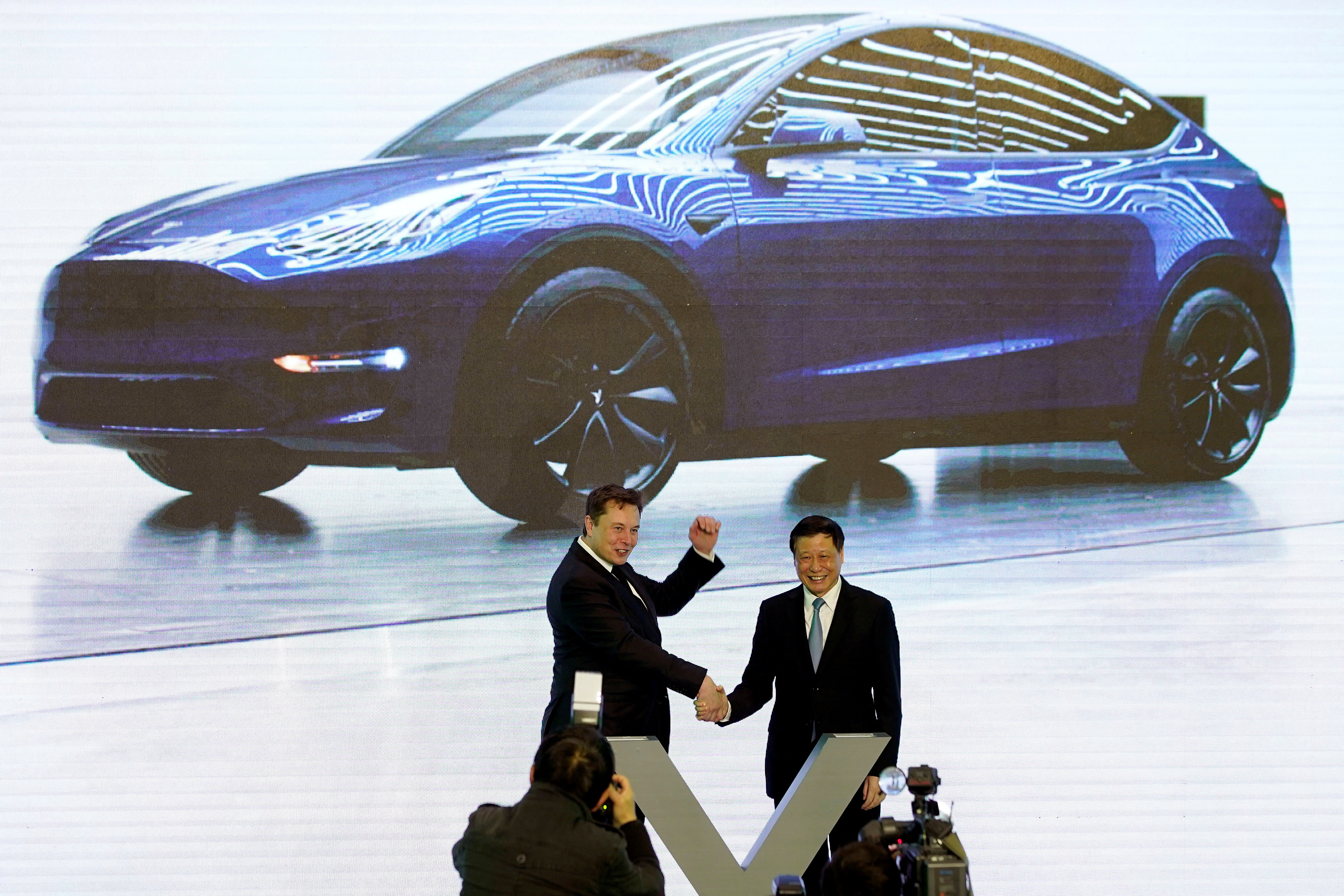
Given the fierce competition in the electric vehicle sector, with rivals like Ford’s Mustang Mach-E and Rivian’s R1T offering similar or lower prices for their electric models, Tesla is making a calculated bet that consumers will gravitate towards the brand for its enhanced charging capabilities, reliability, and value.
Moreover, by keeping costs down while integrating an entirely new technology, Tesla’s leadership is signaling its commitment to making electric vehicles more accessible to a broader audience. For the many consumers still hesitant to make the switch from gas-powered vehicles, the prospect of a faster-charging, lower-cost EV may be enough to tip the scale.
While the new Aluminum Ion Super Battery and its rapid-charging capabilities are undoubtedly the focal point of this announcement, the broader implications for the electric vehicle industry cannot be overlooked. Tesla’s competitors will be under pressure to match this level of innovation in order to stay relevant.If the new battery technology lives up to the hype, it could force other EV manufacturers to invest more heavily in research and development to compete with Tesla’s charging speed, cost-efficiency, and overall performance.
Furthermore, this announcement may signal a shift in Tesla’s overall strategy. For years, the company has been synonymous with high-performance, high-cost luxury electric vehicles. Now, Tesla is positioning itself as a leader in the mass-market electric vehicle space with an emphasis on practicality and affordability.The 15-minute charging promise could redefine the experience of owning an electric car, alleviating one of the biggest concerns that have traditionally prevented broader adoption of EVs: long charging times.
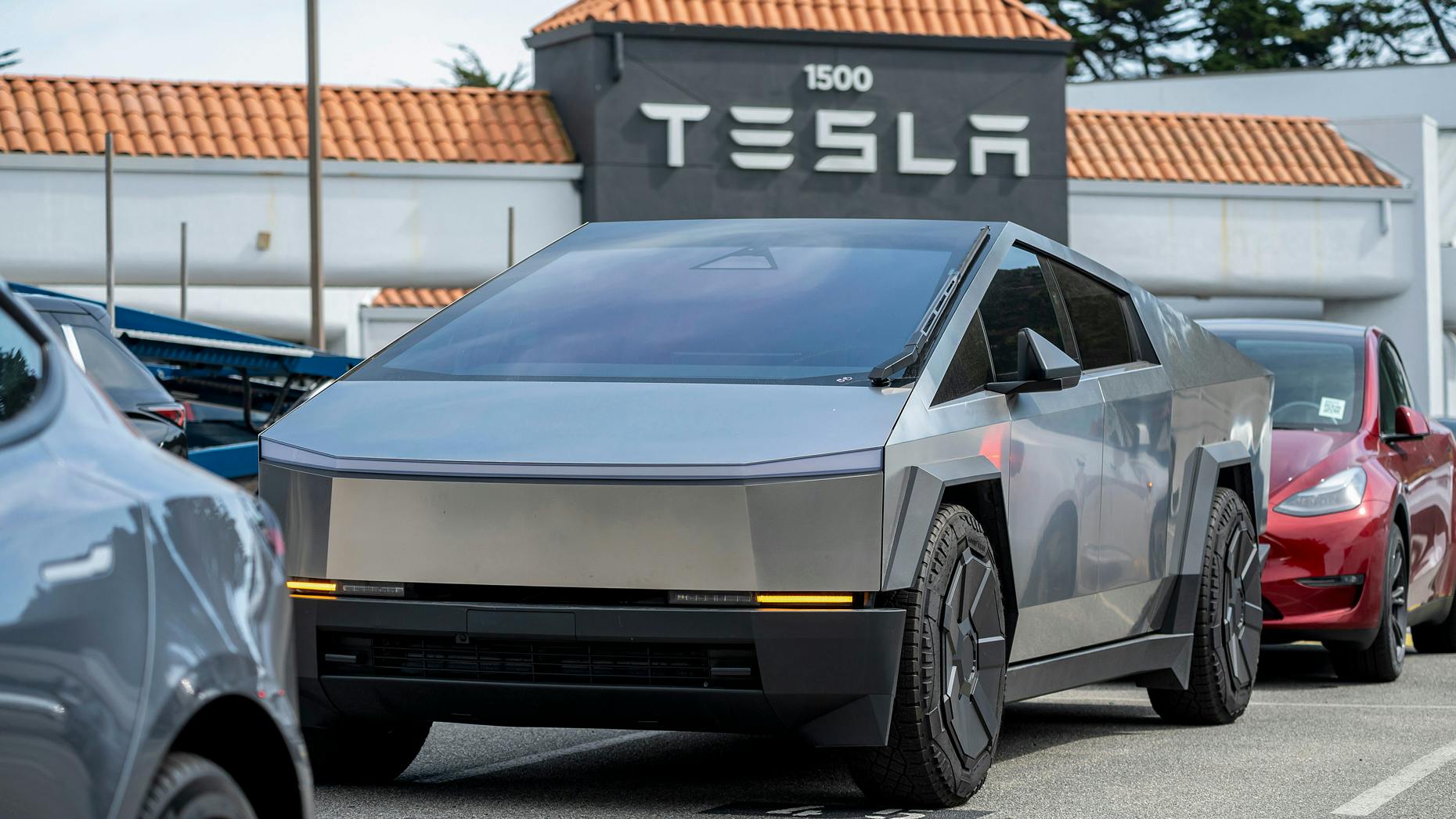
By presenting the new battery as not just a technical achievement but also a price-conscious option, Tesla is attempting to challenge the traditional auto industry, which has long relied on gasoline-powered cars and slower-moving electric options. With the 15-minute charging window, Tesla is not just offering an improvement on existing technology—it is fundamentally altering what consumers expect from an electric vehicle.
Tesla’s stock has faced volatility in recent months as the company navigates an increasingly competitive EV landscape. However, Musk’s latest announcement could help restore investor confidence. Analysts have already begun to speculate that the introduction of the Aluminum Ion Super Battery could lead to a surge in sales and help Tesla reassert its leadership in the industry.
In the wake of declining stock prices, Tesla’s aggressive push into new technology could boost its stock value, potentially attracting institutional investors who may have previously been wary of the company’s future prospects.
Investors are particularly excited about the potential for Tesla to lead the charge in electric vehicle technology that could give the company a competitive advantage for years to come.However, the financial implications will also depend on how well Tesla can scale this new battery technology and implement it across its vehicle lineup. There will likely be hurdles in mass production, and the company will need to navigate potential supply chain issues as it moves forward with its plans.

With the growing urgency to adopt sustainable technologies and reduce carbon footprints, Tesla’s new announcement also underscores the broader shifts in the global automotive industry. The race to develop faster, more efficient, and cost-effective electric vehicles has never been more intense, with governments around the world pushing for stricter emissions regulations and automakers shifting resources toward electric offerings.
If successful, Tesla’s new Aluminum Ion Super Battery could not only reshape the electric vehicle market but also set the stage for the wider adoption of electric cars in the mainstream. The long-term potential for this technology, combined with Tesla’s continued drive for innovation, could significantly alter the landscape of transportation and energy consumption across the globe.Elon Musk’s announcement of the Aluminum Ion Super Battery represents a pivotal moment in Tesla’s history.
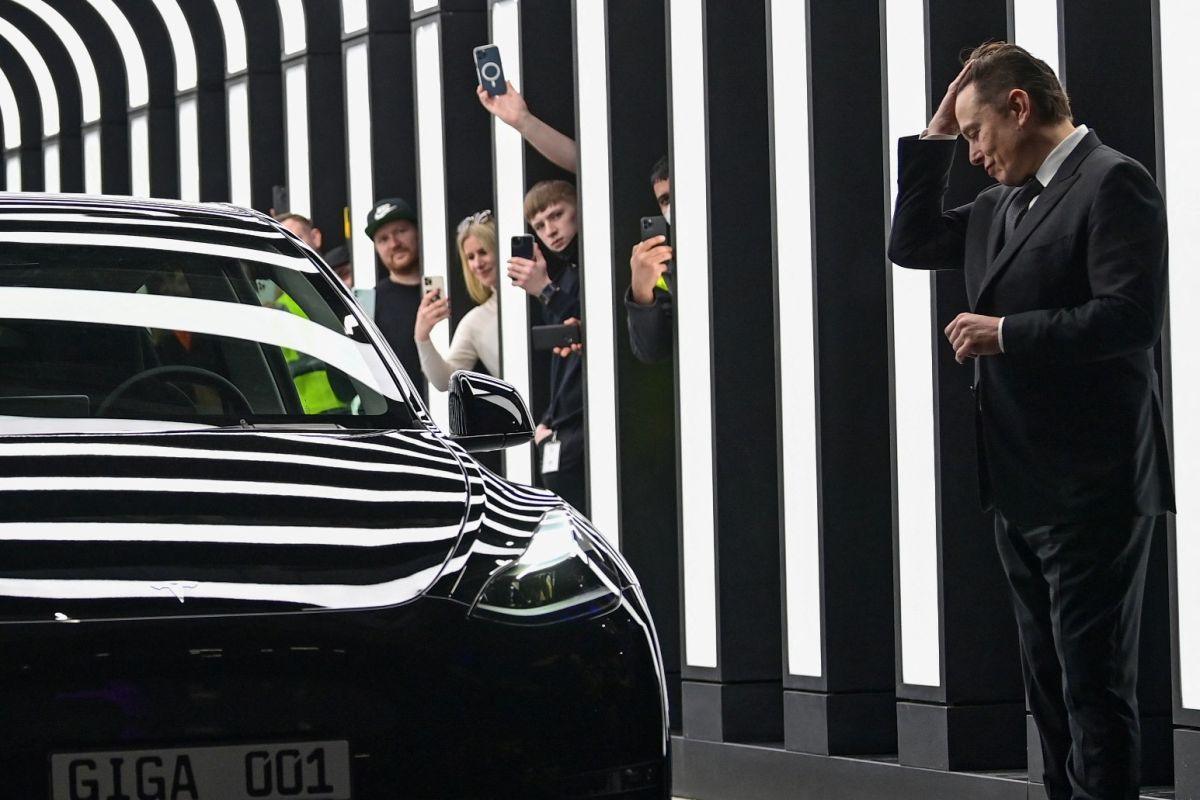
With a product that promises to deliver faster charging, lower production costs, and enhanced efficiency, Tesla is poised to reclaim its position as the leader in electric vehicles.The strategic pricing of the new technology could help Tesla not only compete with established automakers but also reignite interest among consumers who have been waiting for an electric car that can keep up with the pace of their daily lives.
As the competition in the electric vehicle market heats up, Tesla’s focus on rapid innovation may just be the edge it needs to stay ahead. Investors, consumers, and industry watchers will be closely monitoring how this new battery technology performs in real-world conditions—and whether it can deliver on its promise to change the way we charge, drive, and experience electric vehicles.


